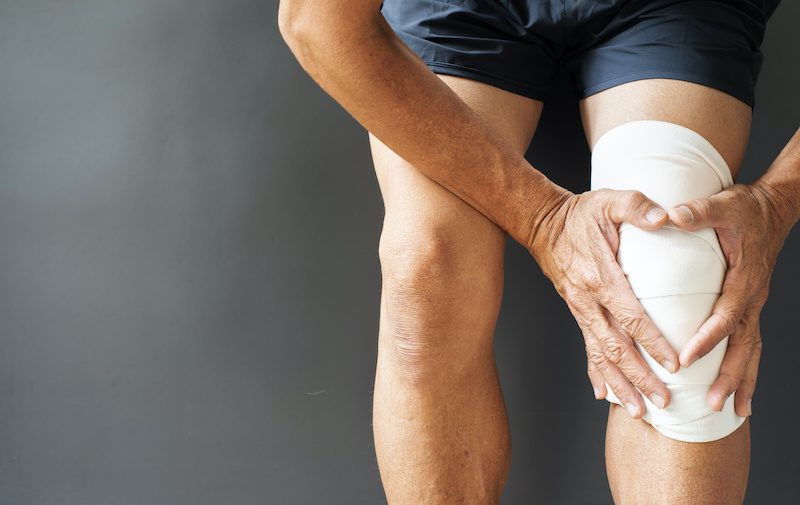SafeWork SA has launched a safety campaign in 2021 to reduce musculoskeletal injuries and slips, trips and falls across the Road Freight Transport industry.
According to Safe Work Australia, musculoskeletal injuries account for 46 per cent of injuries in the Road Transport industry, most commonly caused by muscular stress while handling objects (18 per cent), followed by muscular stress while lifting, carrying or putting down an object (15 per cent). Slips, trips and falls on the same level contributed to 13 per cent of the injury statistics.
Commencing 4 January 2021, SafeWork SA will visit a number of road freight transport depots, auditing safety control measures that are required to be in place to minimise the risk of workers sustaining musculoskeletal disorders. The focus will also be on factors that contribute to slips, trips and falls including training and safe use of correct manual handling techniques.
Miners make mates’ mental health a priority
Safe to work for miner transport | Australian mining taking it seriously
Under the Work Health and Safety Act 2012 (SA), business owners are responsible for providing a safe work environment and safe systems of work which include adequate training and supervision for all workers, ensuring equipment is in safe working order, and appropriately managing all risks to prevent injuries.
SafeWork SA Executive Director, Martyn Campbell, said compliance audits were a key way that SafeWork SA contributes to improving safety in South Australian workplaces.
“During our visits, we work with the business to identify the challenges and hazards unique to their workplace and discuss the best safety solution for the situation. Where we find a safety issue that breaches WHS requirements, our Inspectors will issue a compliance notice.”
“As the state’s Regulator, our job is to ensure every worker goes home safe each day, which is why I encourage all businesses to be proactive about safety.”
Workers in the transport industry aged 55-64 years recorded the highest rate for serious injury claims followed by workers aged 45-54 years.
To comply with legislative requirements, businesses must identify all hazards specific to their workplace, and have appropriate control measures in place to prevent or minimise the risk of harm to workers and the public.
A successful safety plan ensures that:
- all hazards have been identified and appropriate control measures are in place;
- all workers receive adequate training and supervision; and
- all safety control measures are reviewed regularly.
Read more Mining Safety News














Add Comment